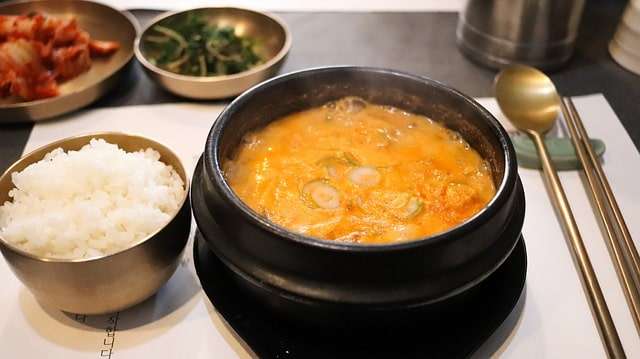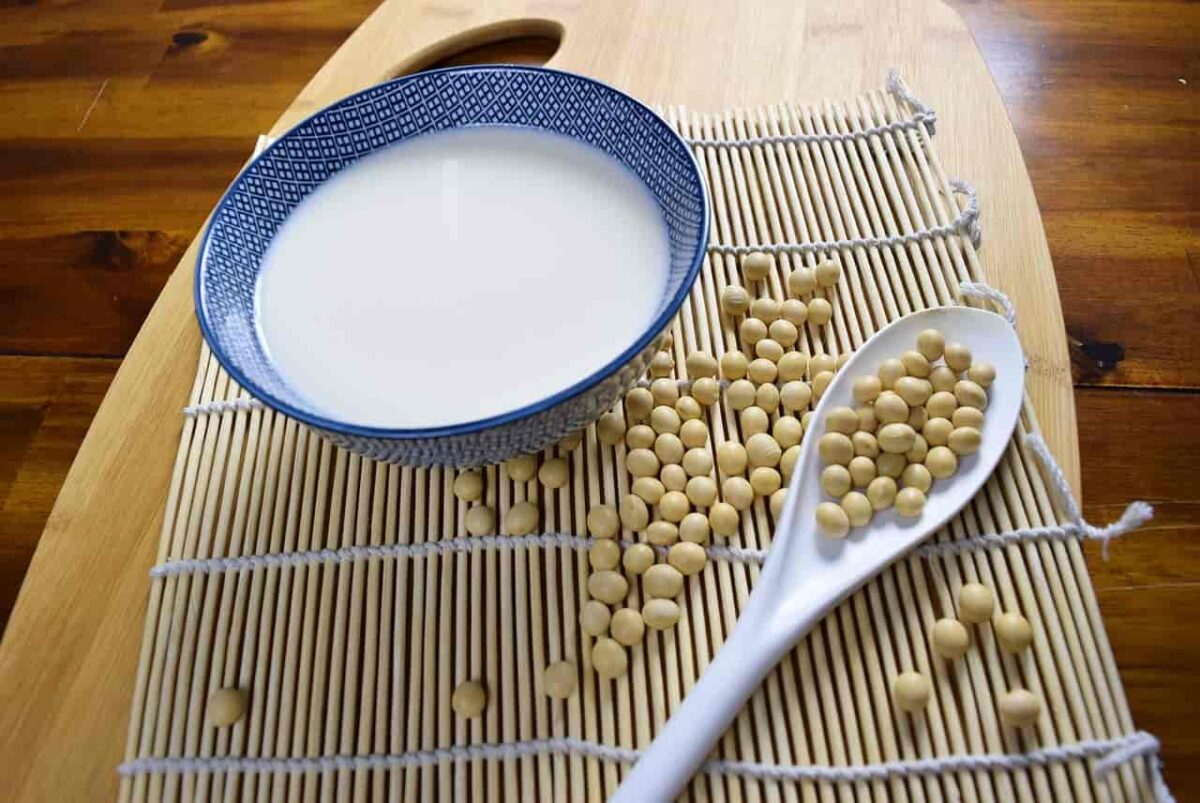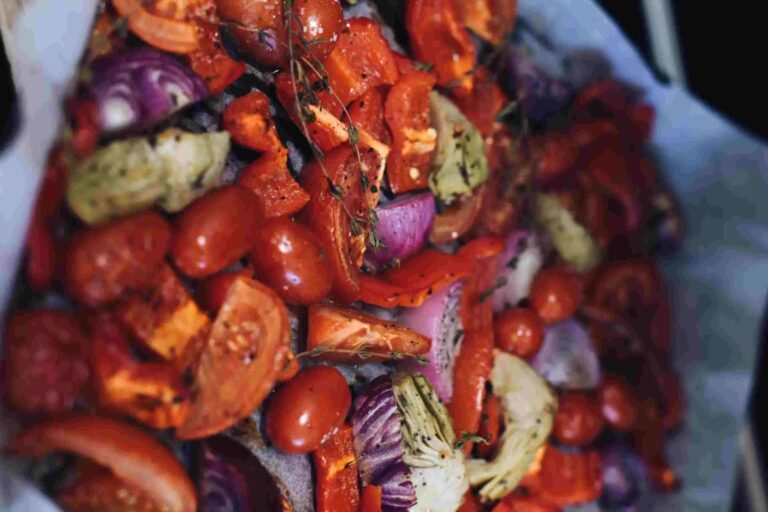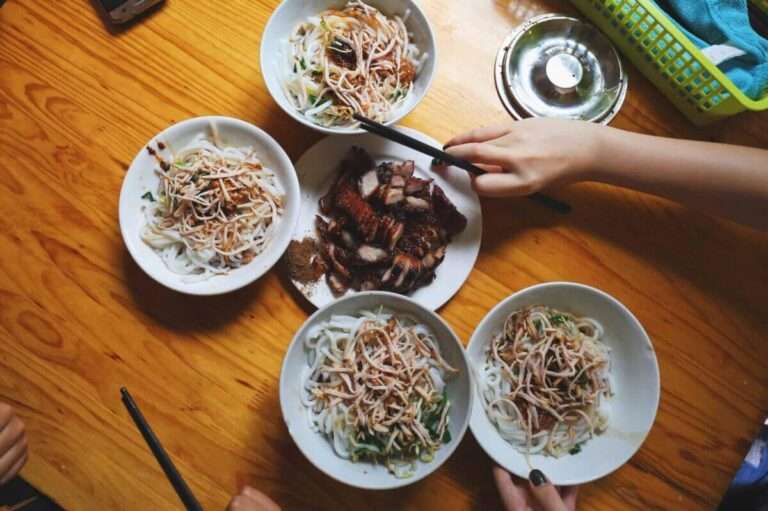Soybean 101- kitchen insight and benefits
Did you know that soybeans are the only vegetable that provide a single serving that contains all of the necessary amino acids?
- The protein content of soybeans is very comparable to that of meat, dairy products, and eggs, which led to the bean’s nickname of “meat without bones.” Despite its diminutive size in compared to that of many other types of beans, the versatility of the soybean makes it an excellent source of protein. One of the very few plant sources that provide almost all of the required amino acids, which are the building blocks of proteins, is the soybean plant.
- The plant family known as legumes includes soybeans; these plants have the distinct capacity to make use of the nitrogen that is present in the atmosphere. The nitrogen in the atmosphere is converted by microorganisms that dwell on the roots of the soybean plant into a form that the plant can utilise. In return, the microbe is nourished by the plant. When the plant dies, the nitrogen that it has taken from the air is returned to the soil as part of the natural decay process. The cultivation of soybeans in a field may contribute between 30 and 50 pounds of nitrogen per acre to the environment.
- East Asia is where soybeans first originated, and they were an important crop in that region long before the beginning of written writing. Along with wheat, rice, barley, and millet, the Chinese regard soybeans to be one of their necessary five holy grains.
- Along with using soy-based lubricants and environmentally friendly body components, the automobile industry is now switching to soy-based upholstery and carpeting for its vehicles. The extraction of the renewable fuel known as biodiesel requires the utilisation of soybeans. The production of air pollutants such as carbon monoxide, sulphur dioxide, and hydrocarbons is reduced when using biodiesel as opposed to diesel that is derived from petroleum.
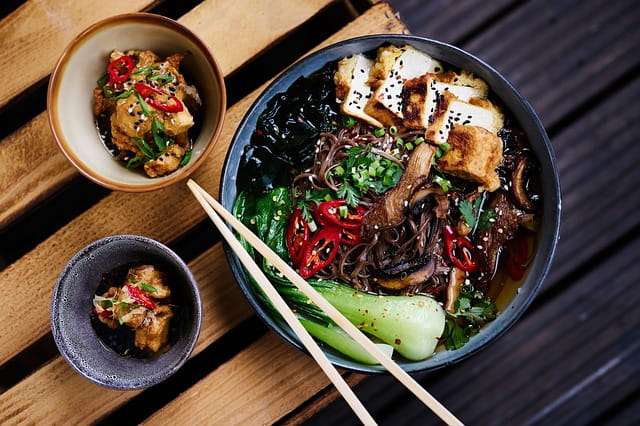
Soybean nutrition values and health benefits
- The high fibre content and nutritional density of soybeans make them an excellent source of protein and heart-healthy lipids. If you include soybeans in your diet, you will increase your intake of the nutrients potassium, folate, magnesium, iron, and some of the B vitamins.
- Soybeans are particularly good sources of protein. This essential macronutrient is provided in an amount equal to 18 g in a single meal. You may put your doubts to rest about this plant-based protein not being on par with the protein that comes from animals since there is no such difference. It is one of a small set of plant-based foods that are regarded to be a complete protein. This means that soy provides all of the necessary amino acids that your body must get via diet in order to function properly.
- You may not think of beans as a full dish that will cling to your ribs, but since each serving of soybeans contains a significant amount of fibre and protein, they are able to readily stave off hunger for an extended period of time. This increase in satiation may even be good for weight reduction in the long run.
- There is evidence from certain studies that consuming products made from soy may reduce levels of LDL cholesterol (sometimes known as the “bad” sort of cholesterol). On the other hand, it is essential to keep in mind that in order for the soy to exert its influence, you would probably have to consume a significant quantity of it.
- Many different kinds of specialised diets may easily accommodate the consumption of soybeans. These beans are suitable for consumption by those following a diet that is low in salt, Mediterranean, gluten-free, dairy-free, vegetarian, or vegan.
- Even though there has been a lot of debate in the past about the link between soy and cancer, there is a growing body of evidence that points to the positive impacts that soy has in terms of cancer prevention. Consuming meals made with soy was shown to be connected with a lower chance of developing prostate cancer, according to an assessment of the relevant data. The study also came to the conclusion that increasing one’s consumption of soy products could be connected with a marginally lower risk of breast cancer.
- Isoflavones derived from soy have the potential to reduce bone loss associated with menopause, which is caused by the normal decline in oestrogen levels that happens when a woman reaches menopause. Isoflavones derived from soy have been shown to reduce bone loss and increase bone density.
- Studies on the epidemiology of diabetes have shown a favourable correlation between a greater consumption of dietary soy isoflavones and a reduced incidence of diabetes as well as better insulin sensitivity. Isoflavones found in soy are thought to lower blood sugar levels, although the mechanisms behind this effect are not well understood.
- One of the most prevalent types of food allergies is to soy. According to Food Allergy Research and Education, it is particularly common in infants and young children; in fact, 0.4% of children suffer from an allergy to soy products. For some children, a soy allergy may go away as they become older, but for others, it will be a problem for the rest of their lives. If you suffer from a soy allergy, it is imperative that you steer clear of any and all types of soybeans.
- Even while soybeans have a great nutritional profile, they may not be the best choice for certain individuals. They are rich in fibre, therefore eating them might lead to bloating and discomfort in the abdomen. Soybeans contain oligosaccharides known as galectins, which may make symptoms of irritable bowel syndrome (IBS) worse. Therefore, those who are trying to reduce their FODMAP intake should avoid eating them.
100g of soybean has 173 calories (723kj), 16.6g protein, 9g fat, and 9.9g carbs, including 6g fibre.

How to store soybean and how to buy them
- Dried soybeans will keep their highest quality for a whole year if they are stored in an area that is both cold and dry and is shielded from direct sunlight. After two to three years, their vitamin content begins to decline, and after five years, all of the vitamins are gone. In most cases, they will continue to be safe to consume beyond that point, and the amount of proteins, carbs, and minerals that they contain will not vary.
- You may keep your dried soybeans in a dark cabinet in your kitchen, on the shelves of your pantry, or in an unheated basement as long as you store them in a container that is airtight and has a tight seal. This will prevent any dust, moisture, or vermin from getting into your supply. You also have the option of storing the dried soybeans in your basement, garage, or even your attic.
- Although you may store dried soybeans in their original packaging, doing so will cause them to lose moisture at a quicker rate since plastic containers are air-permeable. Transferring them into airtight containers, such as mason jars or plastic containers with airtight lids and rubber seals, is thus a much superior method for the purpose of storing them.
- Protect the dried soybeans you have in your kitchen from air and light as much as possible so that they will have the longest shelf life possible. The natural lipids that are found in dried soybeans have the potential to go rancid if oxygen is present. They may lose their colour, as well as their flavour profile and nutritional content, if they are exposed to direct sunlight. This can cause it to happen more rapidly.
- If they are stored properly in the optimal settings, including the suitable freezer temperatures, it is feasible to preserve soybeans in the freezer for up to 9 to 12 months without any deterioration in their quality. This is achievable even if they are consumed within this time frame. When food is stored in the freezer, not only is its shelf life prolonged, but it also helps contribute to the preservation of its freshness and its nutritional content. The best way to maintain the bean’s taste and retain as much of its nutritional worth as possible is to store it in the freezer for as long as feasible.
- In the event that, when cleaning out your pantry, you stumble upon a bag of dried soybeans of which you are unsure as to when you purchased them, you need not be hesitant about eating them provided that they satisfy the following conditions:
- If you find that your dried soybeans are infected with weevil larvae or other kinds of insects, it is best to err on the side of caution and dispose of them. (Even if you make an effort to reduce the amount of food that is wasted, you could, like the majority of people, find it revolting to consider the possibility of consuming larvae.)
- If your dried soybeans have fuzzy patches or green spots, this is an indication that mould has expanded and spread throughout them. You should throw them away right away since there is no way for you to know whether or not they are safe.
- If your dried soybeans have a rotten odour, this might be an indication that the lipids that they contain have spoiled. Even worse, it may suggest the presence of bacterial activity or mould development.
- Have faith in your senses since they are meant to keep you safe. When in doubt, throw it out: This is the first and most important guideline of food safety.

Cooking techniques, secrets, and tips from the kitchen
- Popular products that originate from soybeans include tofu, soy milk, soy sauce, oil, tempeh, and soy flour. You may also buy roasted and salted soybeans to nibble on. There are several uses for soybeans of varied sizes. Smaller beans are fermented, whereas larger beans are utilised in cooking. Medium-sized soybeans are widely used in the processing industry.
- Soybeans need a long soak before they can be cooked on the stove.
- Soybeans need to be immersed entirely in water for at least eight hours before they can be used.
- To prepare the beans for boiling, drain the water and give them a quick rinse.
- Cooking water to soybeans should be at a ratio of 1:1. That works out to around three glasses of water for every cup of soy beans.
- Bring the water to a low boil in a large pot.
- Once the soybeans have been added and the pot has been covered, they should simmer for around three hours (or a bit less if your soybeans are exceptionally fresh).
- Soybeans might take up to four hours in the pot on the stove to cook through. Once soybeans have been cooked, their size increases by more than 100%.
- Pressure cookers are excellent for preparing dry beans. Soaking dried soybeans for at least an hour, preferably four, and ideally eight to twelve hours before cooking them in a pressure cooker is recommended. Once the beans have soaked for the appropriate amount of time, they should be drained and rinsed. In a pressure cooker, combine 4 cups of fresh water with the soybeans, and turn the heat up to high. If you soak your beans for at least four hours before cooking, they will take just 10 minutes, but if you soak them for a shorter length of time, they will take closer to 15 minutes.
- Miso, or fermented soybean paste, is a popular Japanese condiment that comes in several varieties depending on where the soybeans were harvested. They may range in appearance from black to white, and in taste from sweet to salty. The two most common kinds of miso are Shiro (white) miso and aka (red) miso. Blend together white miso soybean paste, light brown sugar, and the two Japanese rice wines known as sake and mirin, and you’ll get a delightful miso marinade that tenderises dishes and may be used for broiled or baked fish or poultry.
- People who have trouble digesting cow’s milk or are allergic to it might benefit from switching to soy milk, which has a comparable texture and flavour. Compared to cow’s milk, soy milk has the same quantity of protein but less calcium.
- Whisking 8 cups of cold water into 2 cups of soy flour until smooth is the fastest and easiest way to make soy milk.
- Cook on the top of a double boiler for 10 minutes at a medium fire, then lower the heat to low, cover, and let it stew for another 40 minutes.
- Put through a cheesecloth strainer after cooling for a while.
- Numerous additional components, such as those from the Allium family (garlic, spring onions, red onions), the Brassica family (broccoli, bok choy, and cabbage), the Herb family (coriander and mint), and the Acidic family (lemon, lime, rice vinegar), complement the flavour of soybean rather well. It goes well with rice, noodles, shellfish, chicken, pork, sesame oil, and sesame seeds. Soybeans are also a wonderful complement to sesame seeds.

History of soybean from the beginning until today
- Soybean experts still don’t know where the plant came from, but they believe it was first cultivated in central China about 7000 BCE. The soybean is an old crop that has been used for thousands of years as both a food and a medicinal component in China, Japan, and Korea.
- A colonist in the British colony of Georgia sowed Chinese soy seed in 1765. Soy sauce was already well-liked in Western Europe and the British colonies in North America before the introduction of soybean seeds.
- According to the National Soybean Board, farmers in Illinois and the corn belt states didn’t get their first shipment of soybean seeds until 1851. One of the survivors from the Japanese fishing boat we rescued in the middle of the Pacific gave me this seed as a present.
- In the 1870s, farmers increasingly grew beans as a source of animal feed in response to the high cost of the Civil War. The hot and humid summers in North Carolina were perfect for the plants. The United States Department of Agriculture started encouraging farmers to cultivate soybeans for animal feed by funding research on the crop around the turn of the twentieth century.
- American scientist George Washington Carver discovered the high protein and oil content in soybeans. He also understood the role that soybeans play in preserving and improving soil quality. In order to restore the soil’s nitrogen and minerals, he recommended that cotton farmers “rotate” their crops every three years, first growing legumes like peanuts, soy, and sweet potatoes for two seasons, and then growing cotton in the third. Farmers before them were taken aback when they saw the highest cotton yields in years as a consequence of this.
- The 1940s saw the beginning of widespread soy production in the United States. China was the world’s top producer of soybeans until WWII and the Cultural Revolution disrupted their industry. After the United States entered World War II, the demand for soybeans skyrocketed for a variety of reasons, including the war effort and the increased use of soybean oil in manufacturing.
- Thanks to recent advances in science, soy may now be used in a wide variety of contexts. Margarine, shortening, and vegetarian and vegan cheeses are just some of the products that may be made using its oil. Baby food and vegetarian options often include soybean meal due to its high protein content.
